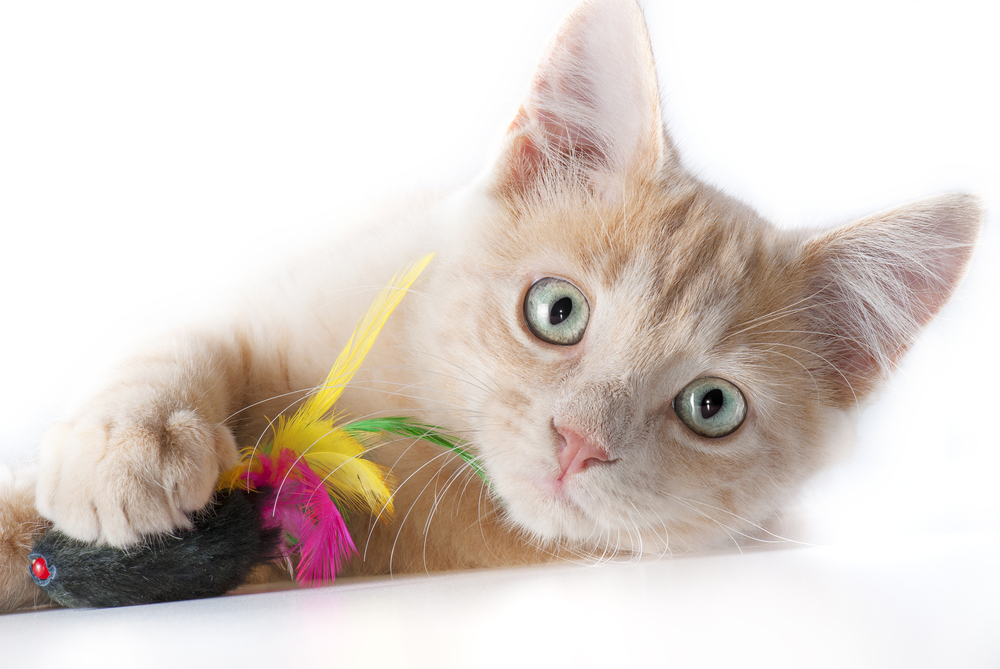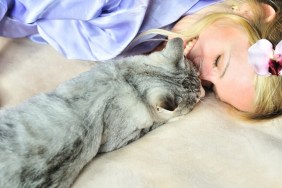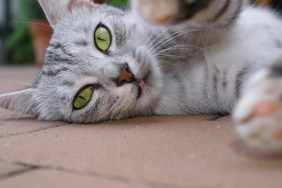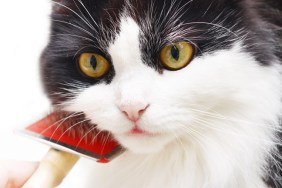Cats are among the world’s most popular companion animals. They can be very intuitive and comforting creatures. They are also smart, funny and—without doubt—very entertaining. Here are some ways to shower your favorite feline with extra love and attention to show her that you really care.
*This post was sponsored by…
Show Your Cat You Care
-
A Cat Tree for Fun, Games, and Privacy
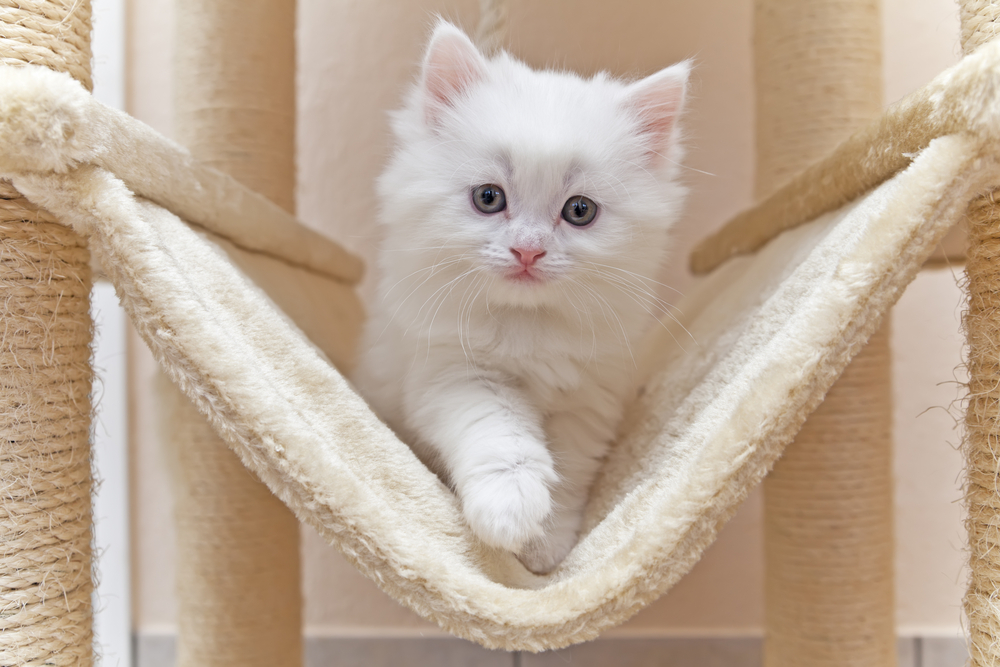
While cats love to be involved in general household activities, they also need their privacy, a place to escape from other pets and noisy kids. The answer is a nice tall cat tree. Cats really enjoy high places, so they also make excellent use of vertical space in the home and can be a nice decorative feature too. Look for a tree with branches of silk leaves or a sleek item of furniture that offers everything from a lookout platform to a hide hole as well as scratching zones made from natural bark or sisal. Thus, a cat tree also doubles as a kitty amusement center, which is ideal for multi-cat households.
-
Cat Tree, continued
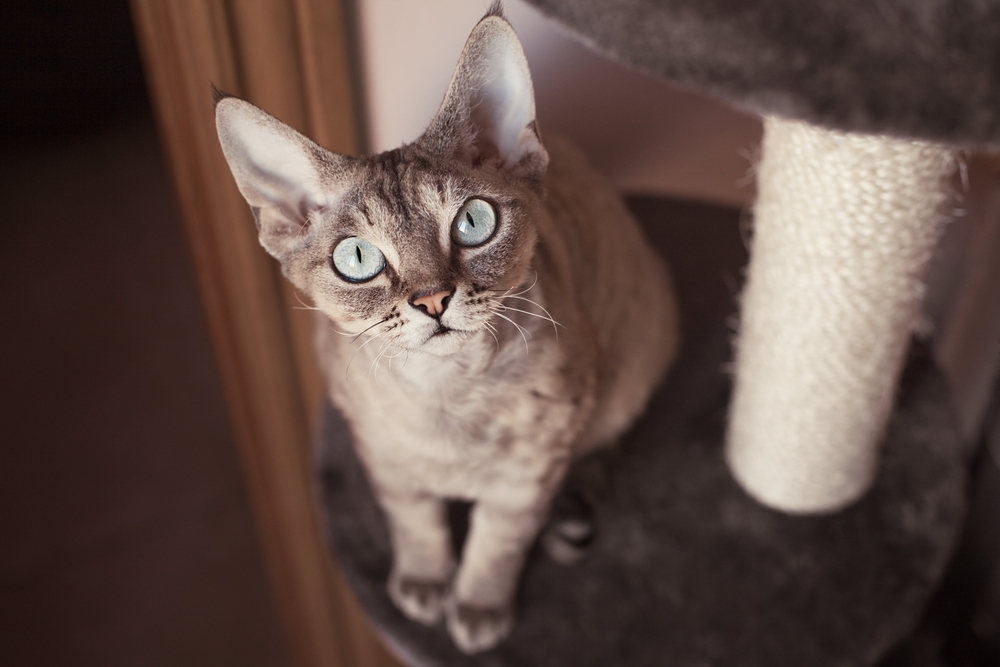
Be sure to place the tree away from a high traffic zones such as the middle of a room or by a staircase. A prime location for your cat tree is near a window that looks out onto a garden or patio so that your cat can watch birds and other insects flitting amongst the foliage. Alternatively, consider a street view, as cats love to people-watch too. You can amp up the fun by placing some of their favorite toys on the platform or sleeping areas. Rub catnip into any surface areas, which are designed for scratching. You can also use catnip to introduce a cat to a new item of cat furniture such as a cat tree by rubbing some catnip onto an area and scratching on it yourself. Your cat will copycat and then claim the behavior as her own.
-
The Purrr-fect Litter Box
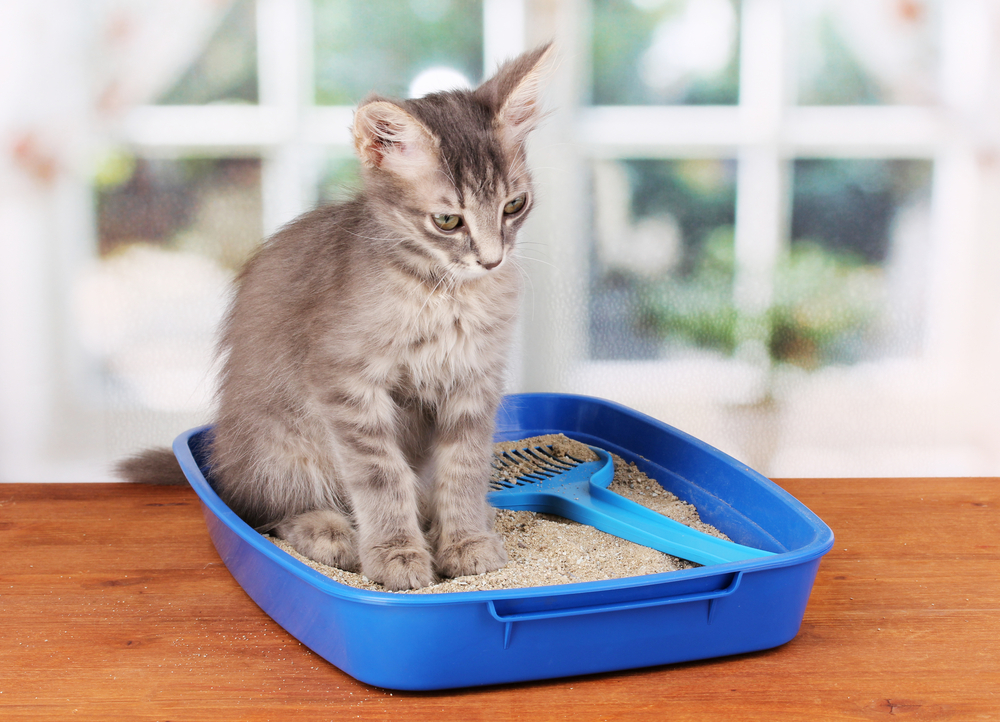
Cats are very clean creatures and expect you (as the janitor of their litterbox) to keep it in pristine condition for them to use at all times. The rule is: one litter box per cat in the household. However, in multi-cat households it’s never a good idea to line up all the litter boxes in a row because if there is any feline rivalry or ambushing, one feline may avoid using them all together. So, place them in different locations and away from high traffic zones as a cat likes her privacy when on the “toilet.” And the bigger the litter boxes the better! Enclosed boxes often look roomy but in actual fact the real litter content space is too small for a cat to turn around comfortably. Also stay away from enclosed cupboards and small areas under staircases. Cats like to see who is approaching and don't want to be trapped in there by other cats or the family dog.
-
Litter Box, continued
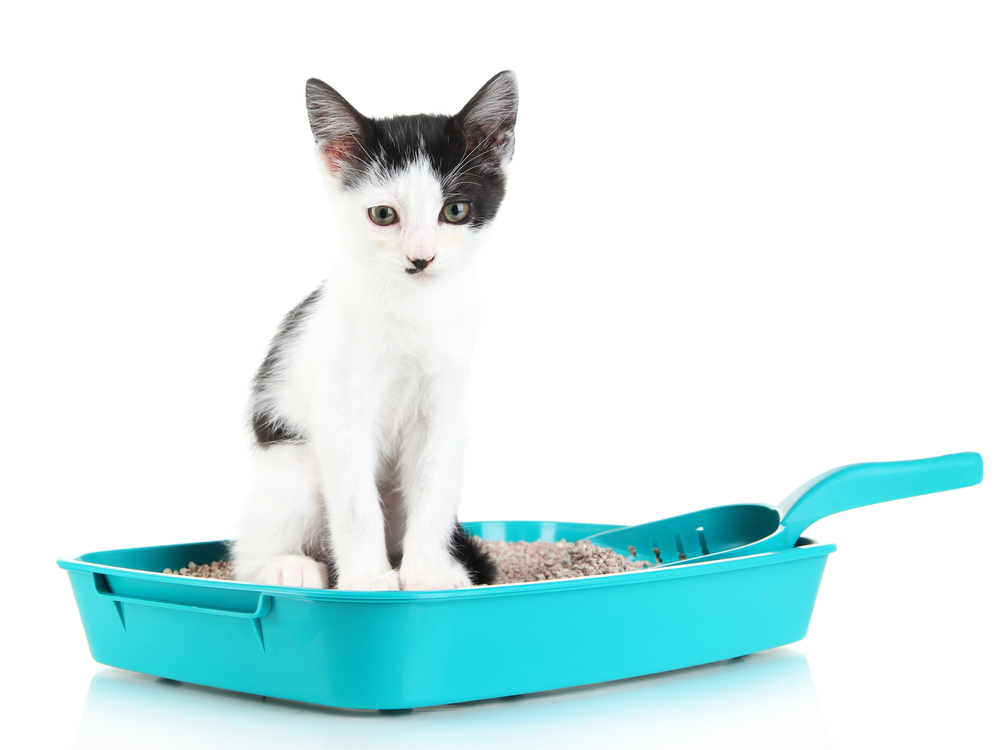
One of the main reasons why your litter box may smell is because you are likely not scooping often enough. Litter boxes must be scooped daily, and if you are really diligent, twice a day, every day! Choice of litter is also important. A clay-based, highly absorbent scoopable litter like Fresh Step, contains plant extracts that bind to odors and convert bad smells into fresh scents. The plant extracts combined with the carbon help to eliminate odors naturally. Remember, if you are transitioning over from one litter to another, do it slowly over a period of a week to ten days. Slowly add small amounts of the new brand to your existing one, changing the ratio daily until the box is filled entirely with the new litter.
-
Games and Treats to Keep Cats Engaged When Alone
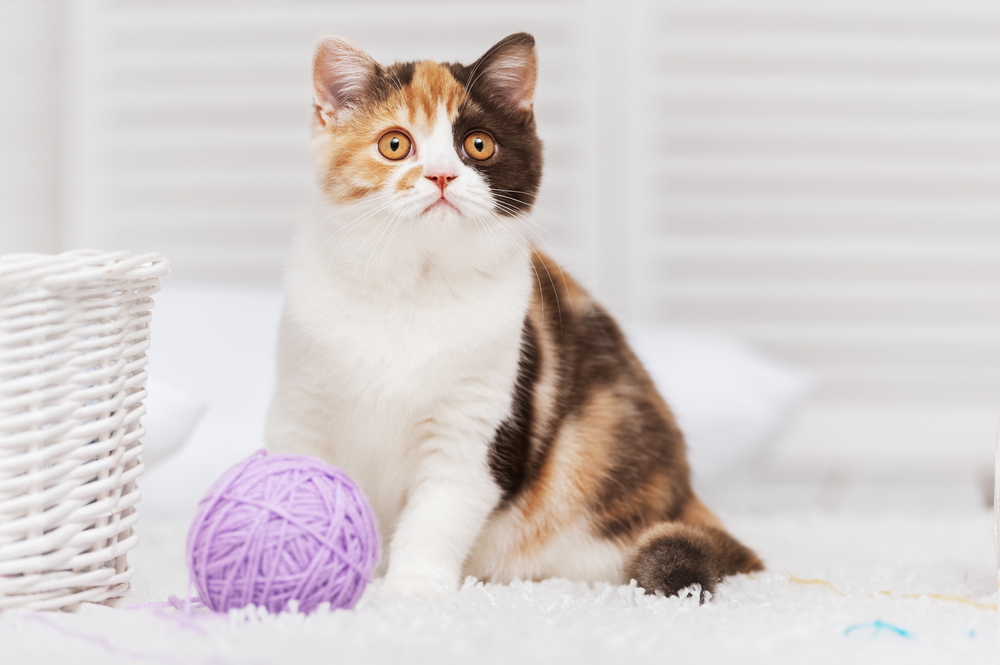
Cats are not meant to be couch potatoes! So if your kitty is lying and sleeping all day, it could be because she is bored. It’s a really good idea to set up games that she can play when she is home alone that will give her both mental and physical stimulation. Toys include mice stuffed with catnip that she can toss in the air and kick around with her back legs. Tracks with a ball will initiate hours of play. There are also lots of innovative battery-operated games that can be preset to go on and off on their own.
-
Games and Treats, continued

It’s also a great idea to create a kitty treasure hunt. Take your cats favorite toys and hide them in different favorite feline places around the home. Add a trail of tummy treats and she will spend time sniffing them out and playing with different toys. There are also great kitty puzzle toys, which can be filled with treats or her kibble. They come in different degrees of difficulty and will keep her busy.
-
Toys to Hone Your Cat’s Natural Hunting Skills
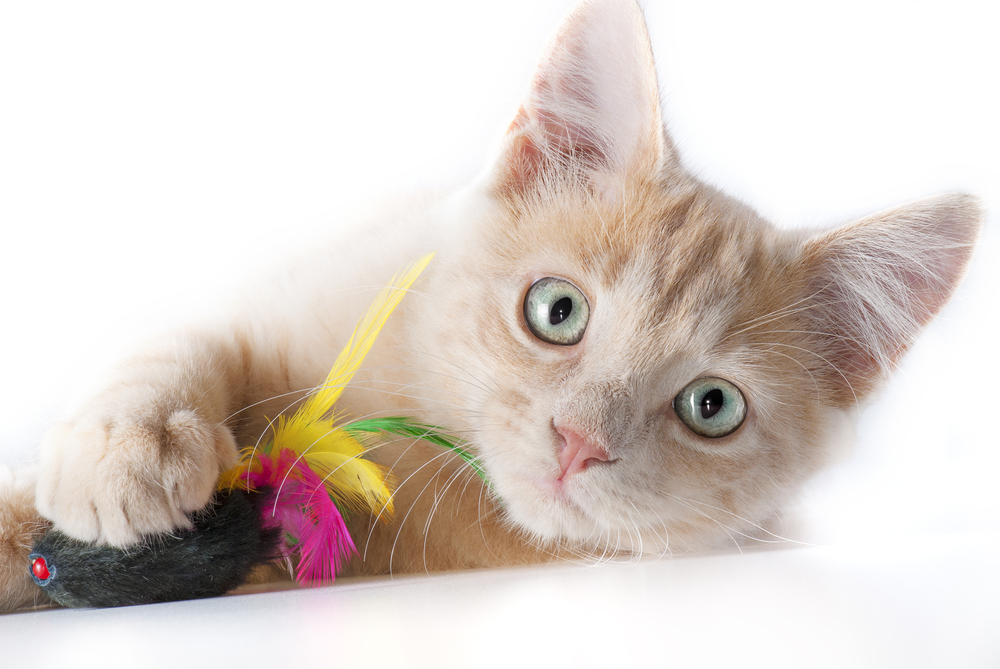
Cats are natural predators and the need to hunt is instinctive even in a domestic situation. The feline hunt is a four-step routine built around observing prey, stalking and then chasing it and, finally, pouncing to “kill” it. It’s important to help them hone these natural instincts. Wand toys with feathery objects or realistic looking bugs on the end are ideal for her to practice stalking and pouncing skills and ultimately satisfying her prey drive—at the same time you are interacting with her, too!
When playing with wand toys, be sure to always drive the movement away from you so that your cat doesn't inadvertently pounce forward and scratch you in the process.
-
Toys, continued

When playing with wand toys, be sure to always drive the movement away from you so that your cat doesn't inadvertently pounce forward and scratch you in the process. There are lots of remote controlled mice and other plush toys that simulate mice or bird sounds that will keep her happy and hone her hunting skills too.
Cats allowed outdoors often catch insects and small critters and drop their prize at your feet as a gift. Don't be surprised if your indoor kitty does that same with a toy.
-
Grooming to Enhance Your Bond

Cats may be very efficient self-groomers but they need a little help from their favorite people from time to time, especially as they age and grow less agile. Longhaired cats need regular brushing to prevent hair matting, which is not only uncomfortable but unhealthy. Consider grooming your cat a great way to spend wonderful quality time together.
-
Grooming, continued

Always choose a place where your cat is most comfortable. It could be your lap, her favorite bed or even on the kitchen counter. If you groom on a worktop, always put down a towel so that she can grip and doesn’t slide around. Deshedding tools are great for removing loose hair and thick undercoat. However, some cats don't like the feel of deshedding blades, or even brushes and combs, in which case, consider a mitt. They have rubber nodules on the underside, which will effectively remove loose hair and give her a massage at the same time. It’s a really good idea to end a grooming session by giving a treat. This way your cat will have something to look forward to especially if she’s not too keen on being groomed.
-
Experiencing the Great Outdoors

There’s no question that cats that have an indoors-only lifestyle are safer because they are not exposed to outside dangers such as predators, traffic, and health risks like fleas and tick infestations. However they also miss out on the stimulation of the sights and sounds of nature. Building a safe outdoor enclosure will show your cat that you have her best interests at heart. There are companies that make such enclosures or you can build your own. It’s important to ensure that it’s sturdy and can’t be penetrated by a dog or, depending where you live, coyotes or large prey birds. Cover the roof area with shade cloth. You can even position the enclosure partially under a tree.
-
Outdoors, continued
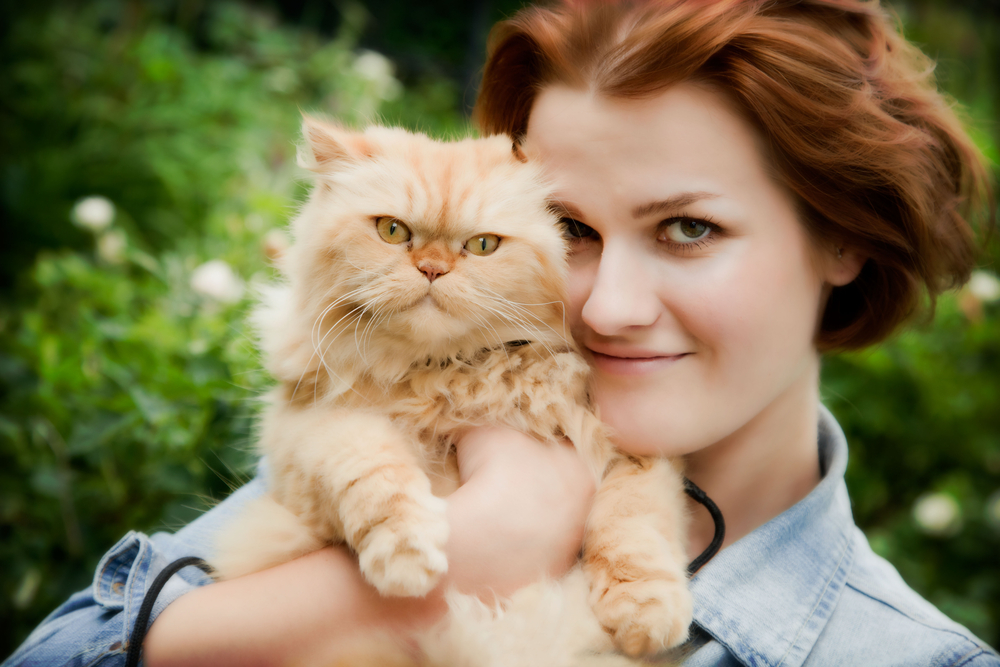
Depending on the layout of your home, if you can construct it right alongside your house you can put in an automatic cat door so that your cat can access it on her own and you can shut it off when you don’t want her out there. You can outfit the enclosure with a comfort garden chair, or even some shelves for her to climb up on or share if you have several felines in the household. If you have been pruning trees, consider giving her a nice chunk of bark to scratch on (or alternatively, a sisal vertical scratcher will meet her natural scratching needs). It’s also a good idea to plant some wheat grass or non-toxic plants for her to nibble on. There is a long list, which you can find on websites such as ASPCA.org.
